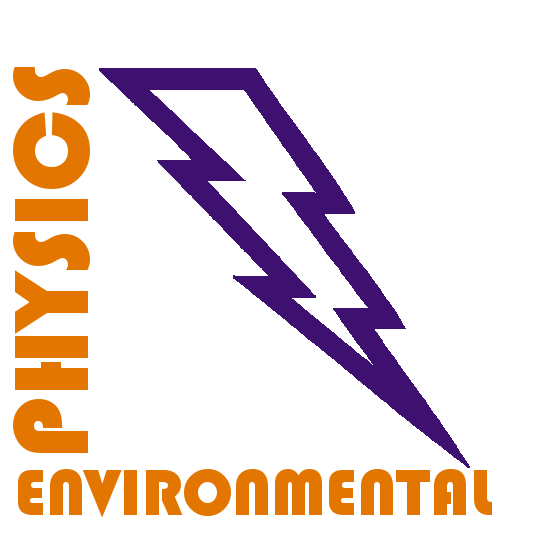|
Abstrakt: The paper reviews the state of the art in the field of interaction of low temperature plasmas generated during electrospraying with the
liquid cone and jet. Many studies are focused at practical applications of electrospraying, for example to mass spectrometry,
electrospinning of nanofibers, thin film deposition, nanoparticle production, ink-jet printing, etc, but the phenomenon of electrically generated plasma due to gas ionization accompanying the electrospraying is frequently ignored. The effect of electrical discharge on the electrospraying process depends on the type of the discharge. When glow corona or onset streamers are generated, the electrospray is stabilized in the classical cone-jet mode, however, or
breakdown streamers, sparks, or arc discharges, the electrospraying process is disturbed and irregular modes (spindle, multispindle or ramified jet) occur. The electrospray-discharge interaction phenomena have been studied by photographic recording, electric current measurements, mass spectrometry and optical emission spectroscopy. Some studies show that the current carried by the ions generated in this plasma and flowing through the drift region to the opposite electrode can be higher than the current carried by the electrosprayed droplets. This effect has been proved by separation of both currents using a specially designed device. To prevent the distortion of the electrospray process, various strategies have been developed: modification of the electric field in the vicinity of capillary nozzle, stabilization of the glow corona, reduction of the surface tension of liquid. Recently, the physical processes and phenomena occurring in electrical discharge plasmas during electrospraying of liquids find new application in decontamination of liquids or in material processing. The advantage of the coupled electrospray-plasma process is that the liquid atomization is combined with plasma chemical processes within the same device, by using the same power supply applied to the capillary nozzle.
|
Citácie: | 1.) | Ricchiuto AC; Borghi CA; Cristofolini A; Neretti G: Atmospheric-pressure plasma actuators: Enhancement of the free charges' transport mechanism; Plasma Process. Polym. X, e2000214, (2021) WoS
(2021)
------------- | | 2.) | Wang Z.; Feng C.; Gao L et al.:
The distribution of OH in surface micro-discharge with different electrode widths by laser-induced fluorescence; J. INSTRUMENTATION 15 (4) C04033 (2020), WoS
(2020)
------------- | | 3.) | Wang Z.; Feng C.; Gao L et al.:
Influence of electrode geometry on the transport of OH radicals in an atmospheric pressure surface micro-discharge; J. PHYSICS D-APPLIED PHYSICS 53 (25) 255202 (2020), WoS
(2020)
------------- | | 4.) | Koval SM; Snihurska IO; Yushko KO; Mysnychenko OV; Penkova MY; Lytvynova OM; Berezin AE; Lytvynov VS: Circulating microRNA-133a in Patients With Arterial Hypertension, Hypertensive Heart Disease, and Left Ventricular Diastolic Dysfunction; Front. Cardiovasc. Med. 7, 104, (2020) WoS
(2020)
------------- | | 5.) | A.Brisset, K. Gazeli, L. Magne, S. Pasquiers, P.Jeanney, E. Marode, P. Tardiveau, Modification of the electric field distribution in a diffuse streamer-induced discharge under extreme overvoltage, PLASMA SOURCES SCI. TECHNOL. 28(5), 055016, WoS
(2019)
------------- | | 6.) | A. Verma, P. Singh, R. Narayanan1, D. Sahu, S. Kar, A. Ganguli, R.D. Tarey: Investigations on argon and hydrogen plasmas produced by compact ECR plasma source; Plasma Research Express 1 (3) 035012 (2019) WoS
(2019)
------------- |
|

